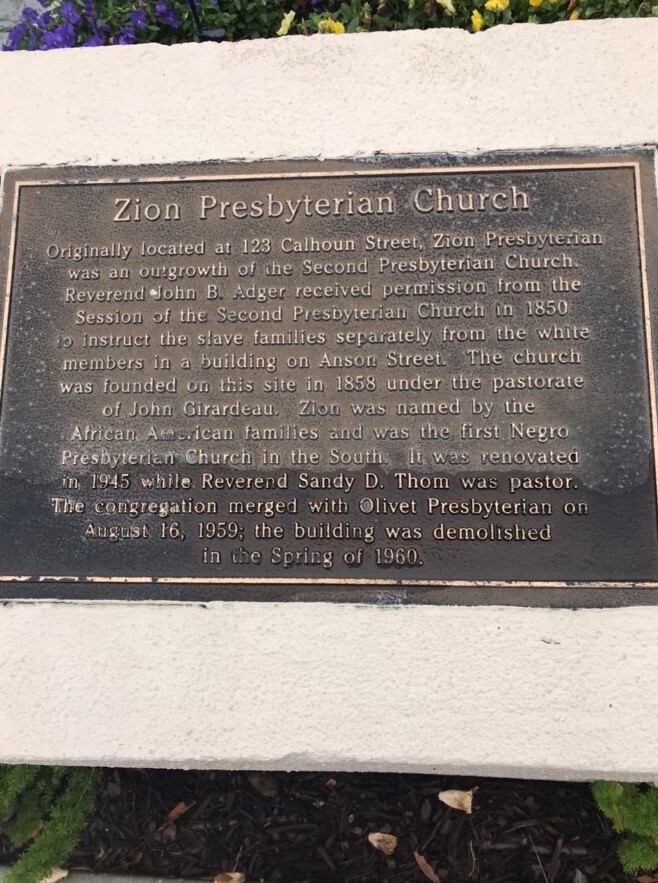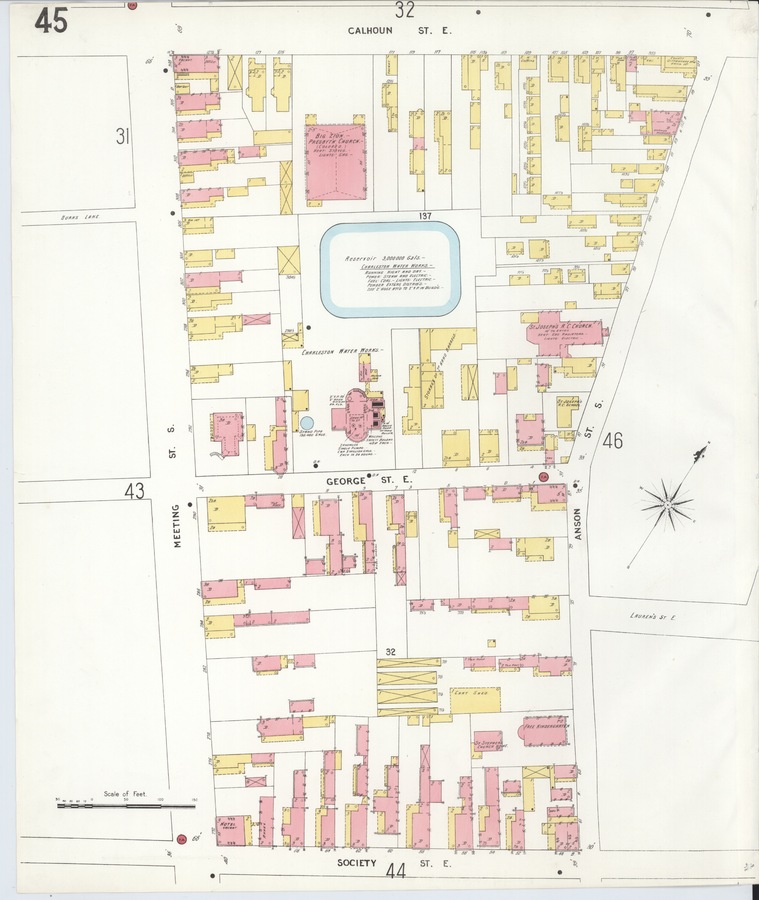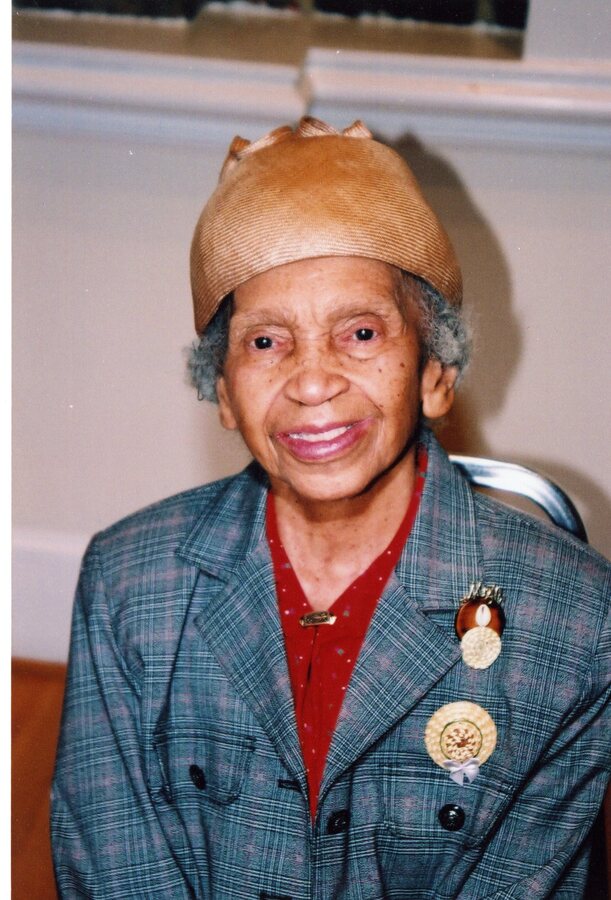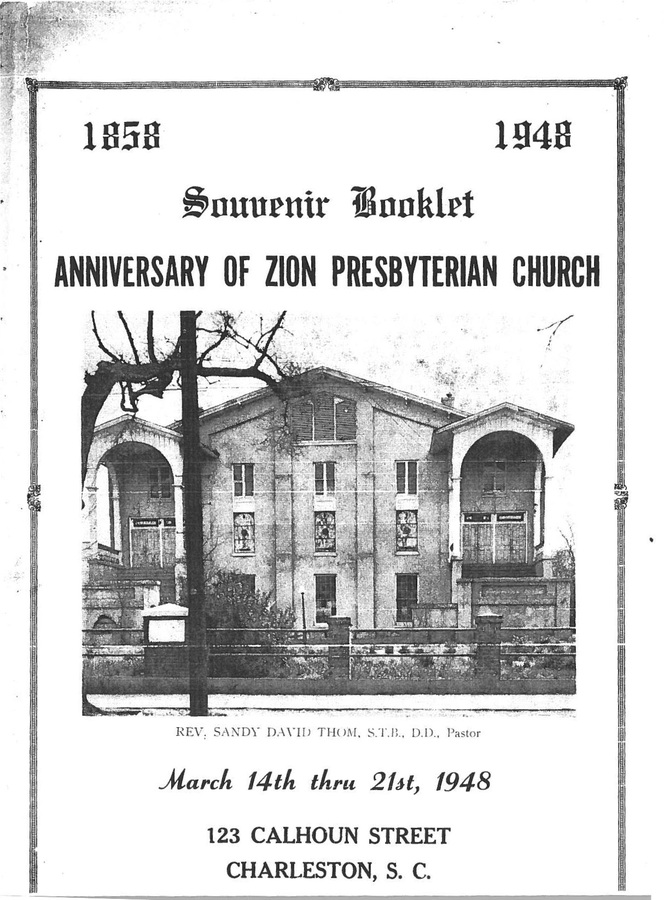Zion Presbyterian Church, 123 Calhoun Street
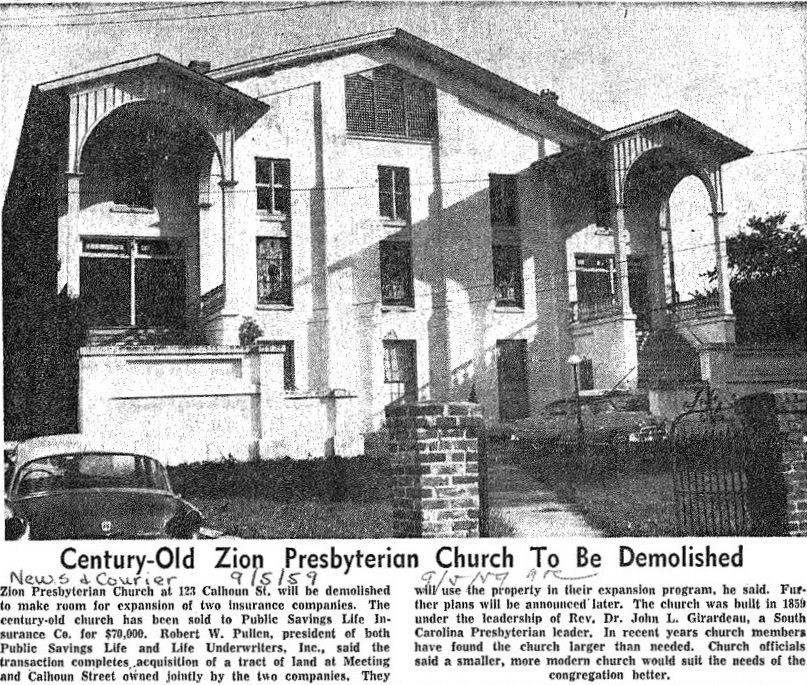
Where the Courtyard by Marriot Hotel sits on the corner of Meeting and Calhoun streets, once stood Zion Presbyterian Church, one of the most important churches within the African American community in Charleston.
Where the Courtyard by Marriot Hotel sits on the corner of Meeting and Calhoun streets, once stood Zion Presbyterian Church, one of the most important churches within the African American community in Charleston. Originally, the nearby Second Presbyterian Church at 342 Meeting Street allowed white slave-owning families to bring their slaves to services with them. The white congregation sat in the pews on the first floor, while the enslaved people sat in the “galleries.” Slave owners saw it as a way to show themselves as good masters in allowing their slaves to learn the word of God. They also thought it would make their slaves behave better.
John Bailey Adger, a white member of the church, held the racist belief that the enslaved population did not understand the church service and instead needed to be taught separately. He went on to teach a group of about three hundred enslaved church members “in the basement of the Lecture room” until a building on Anson Street was completed in 1849. In 1850, the black members of the church started to congregate at the church at 89-93 Anson Street. This became known as the Anson Street Mission. After Adger began to go blind, John L. Girardeau took up his position, and under his administration, the congregation secured the site of 123 Calhoun Street for the new location of the church that became Zion Presbyterian Church in 1858. A report from 1859 showed the service as being so popular that people were turned away because there was no sitting or standing room left during the service. The church, which cost $25,000 to construct, was the biggest church in Charleston at the time with a congregation of almost 1,500.
Zion Presbyterian served as a community space for Black Charlestonians for purposes of celebration, deliberation, education, and even advancing civil rights. During the weeks of festivities after the end of the Civil War, thousands celebrated in Marion Square and then went to Zion Church to hear speeches commemorating the victory and emancipation of slaves. When many Black Methodists then debated breaking away from the white Methodist churches, they did not meet at their Methodist churches, but rather met at Zion Presbyterian.
In response to the rejection of Black representatives’ petition for suffrage for black men in November of 1865, the Colored People’s Convention for South Carolina was held at Zion Church, during which delegates discussed what efforts should be made to help Blacks advance. At this convention, an address was made protesting the new Black Codes South Carolina had enacted and defending desires for rights based upon Christian morals as well as the United States Constitution and the Declaration of Independence.
In terms of its educational pursuits, Wallingford Academy for Black students was founded at Zion Presbyterian Church in 1865 by Reverend Jonathan C. Gibbs before it was moved to Nassau Street in 1868. It has been recorded that the Avery Institute, a school for middle-class Black children in the city, would hold graduations at different churches, and Zion Presbyterian was one of the churches that hosted these events.
Despite its important place within the community, Zion incurred financial troubles in the 1930s when it could not afford the taxes assessed on the land the church was on. The City wanted to claim the building and move the congregation to a site where the taxes had been paid. However, the City and church came to come to an agreement in 1933, which allowed the church to keep the building. Even though the congregation kept the building, its economic troubles continued as it had difficulty paying the preachers the salaries they were promised.
In 1945, under the leadership of Reverend S.D. Thom, the church was restored. In all, it cost around $10,000 and the members of the church and church organizations raised the funds for the stained-glass windows. Despite this work, in 1959 the congregation merged with Olivet Presbyterian at 134 Cannon Street. The following year, the city demolished Zion Presbyterian church. This space that once operated as a focal point for African Americans in Charleston, a landmark to the lives of Black Charlestonians, was destroyed, and a community lost part of its history.
Images

